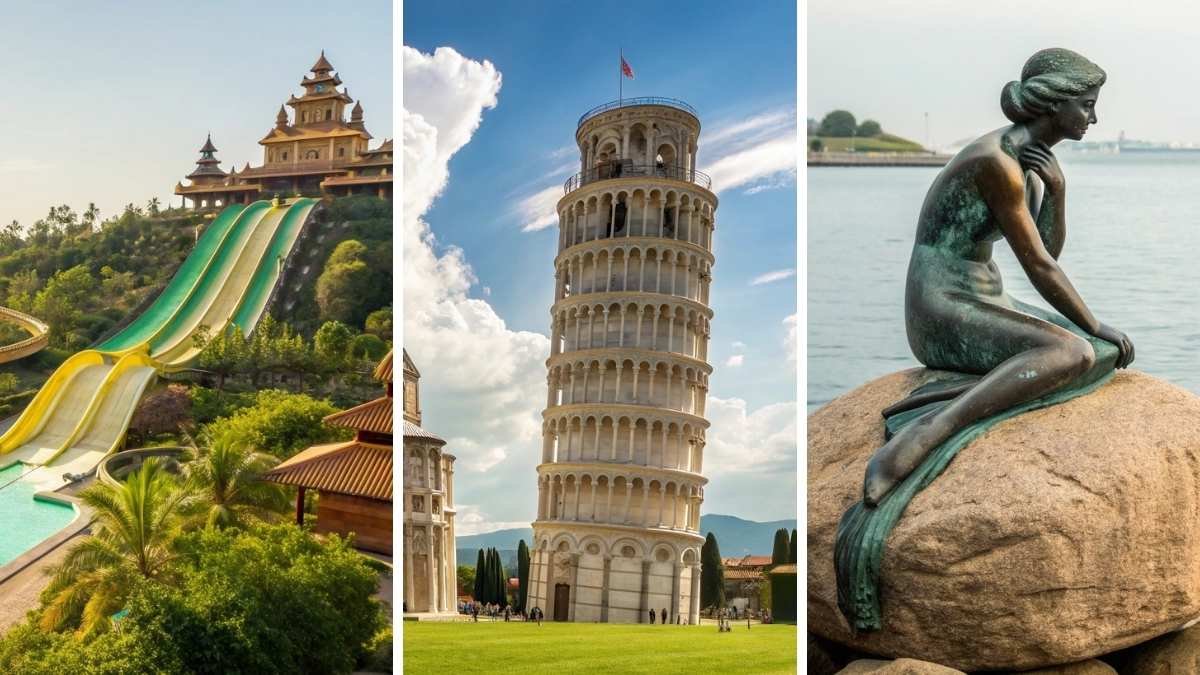
Some destinations don’t just fill your passport—they fill your soul. They greet you with colors richer than any photograph, flavors that linger longer than the meal, and moments so genuine they etch themselves into memory.
Here, every corner whispers a story, every view feels like it was waiting for you, and every encounter reminds you that life’s best chapters are often found far from the familiar.
Whether it’s the quiet thrill of discovering a hidden path or the joy of feeling instantly at home in a faraway place, this list will take you where wonder still feels wild and real.
1. Fisherman’s Wharf – San Francisco, USA

At first glance, Fisherman’s Wharf promises that perfect postcard version of San Francisco — waterfront views, fresh seafood, and historic ships bobbing gently in the marina. The problem? It’s been curated almost entirely for tourists, not locals. Most of the restaurants serve overpriced meals that rely on the location more than quality, and the “fresh crab” might have been sitting on ice for hours. Crowds swarm the boardwalk, and instead of soaking in maritime charm, you’re dodging selfie sticks and buskers blasting cover songs.
Sure, Pier 39 has sea lions, but there’s nothing serene about standing shoulder-to-shoulder with hundreds of other people just to catch a glimpse of them. Shops largely sell the same mass-produced souvenirs you’ll see at any waterfront tourist hub, and the whole area can feel like a theme park version of San Francisco rather than the authentic city.
That’s not to say the area has zero merit — if you’ve never seen a World War II submarine or want to check “sea lions in the wild” off your list, it’s worth a short stop. But for a deeper sense of the city, the real gems are in neighborhoods like the Mission, North Beach, or Hayes Valley, where local culture isn’t packaged for consumption.
Travel Tips:
- Best Months to Visit: September to November (warmer, fewer tourists than summer)
- Nearest Airport: San Francisco International Airport (SFO) – 14 miles away
- Average Spend for a Meal Here: $25–$40 per person
- Better Alternatives Nearby: Fort Mason for bay views, Ferry Building Marketplace for better food
- Biggest Tourist Trap Factor: Overpriced seafood, souvenir shops
2. Times Square – New York City, USA
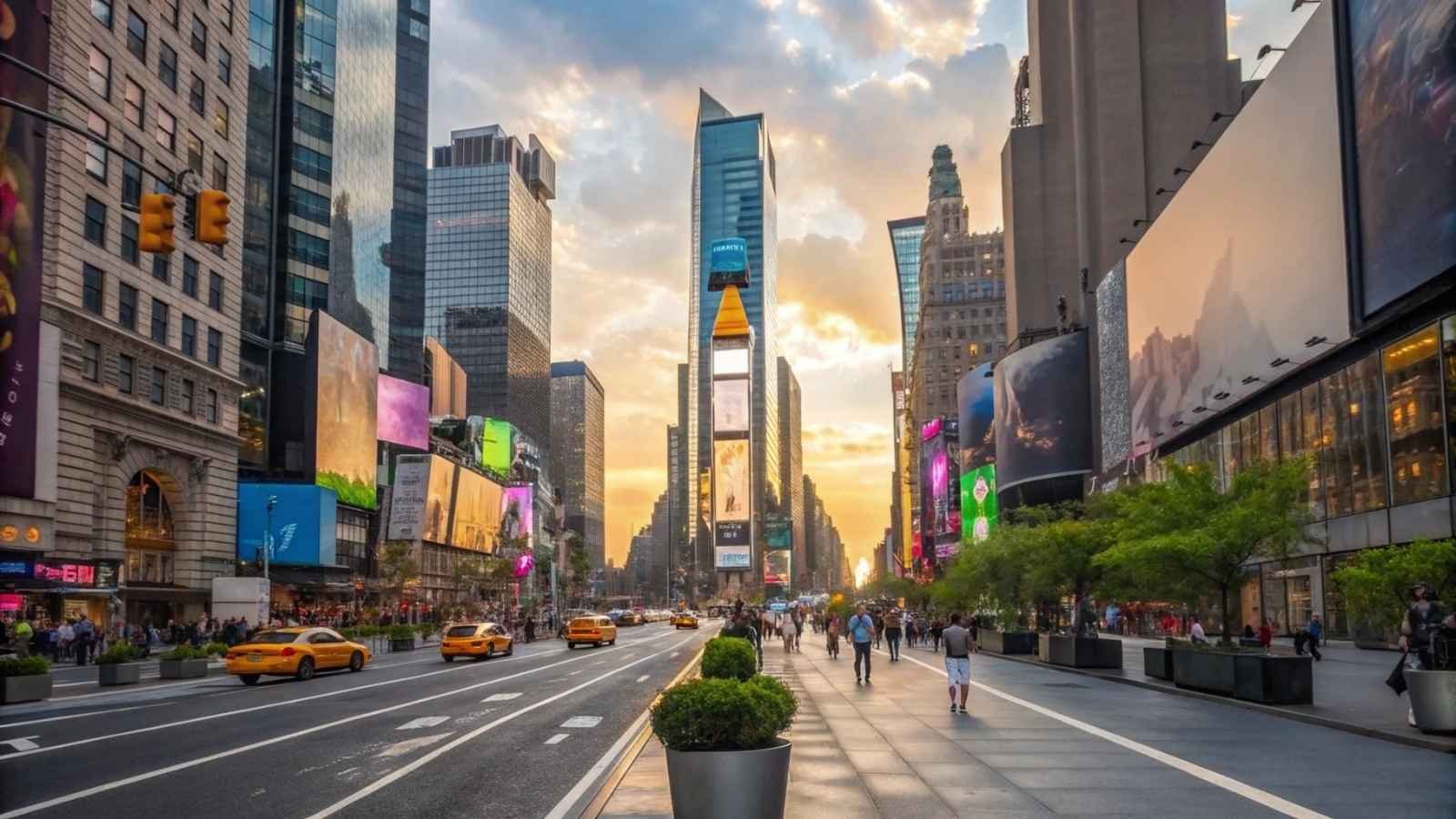
Times Square is often hyped as “the heart of New York,” but it’s more like the heart of New York’s advertising industry. The neon lights and giant screens are undeniably striking, but the reality on the ground is a sensory overload of crowds, costumed characters asking for tips, and tourist prices that could make your eyes water. Even a quick snack can be double the price of what you’d pay in a neighborhood café just ten blocks away.
It’s easy to get caught in the novelty of the “center of the universe” feeling — especially when you’re standing there for the first time, watching the electronic billboards flash in every direction. But the truth is, locals avoid it unless they have Broadway tickets or need to cross it to get somewhere else. That constant bustle can shift from exciting to exhausting in minutes, and you might find yourself longing for a quiet coffee shop in the West Village.
Still, for first-timers, it’s one of those “see it once” experiences. Just know you don’t have to linger — take your photos, get the obligatory look, then head toward a Broadway show, a rooftop bar, or a neighborhood that shows the real New York. The magic of the city isn’t in Times Square — it’s in its hidden corners.
Travel Tips:
- Best Months to Visit: April–June or September–November (milder weather, fewer tourists than holidays)
- Nearest Airport: JFK or LaGuardia (both ~45 minutes away by taxi)
- Average Spend Nearby: $30–$50 for a quick bite, more for sit-down meals
- Better Alternatives Nearby: Bryant Park, The High Line, Greenwich Village
- Biggest Tourist Trap Factor: Overpriced restaurants, paid photo ops with costumed characters
3. The Little Mermaid Statue – Copenhagen, Denmark
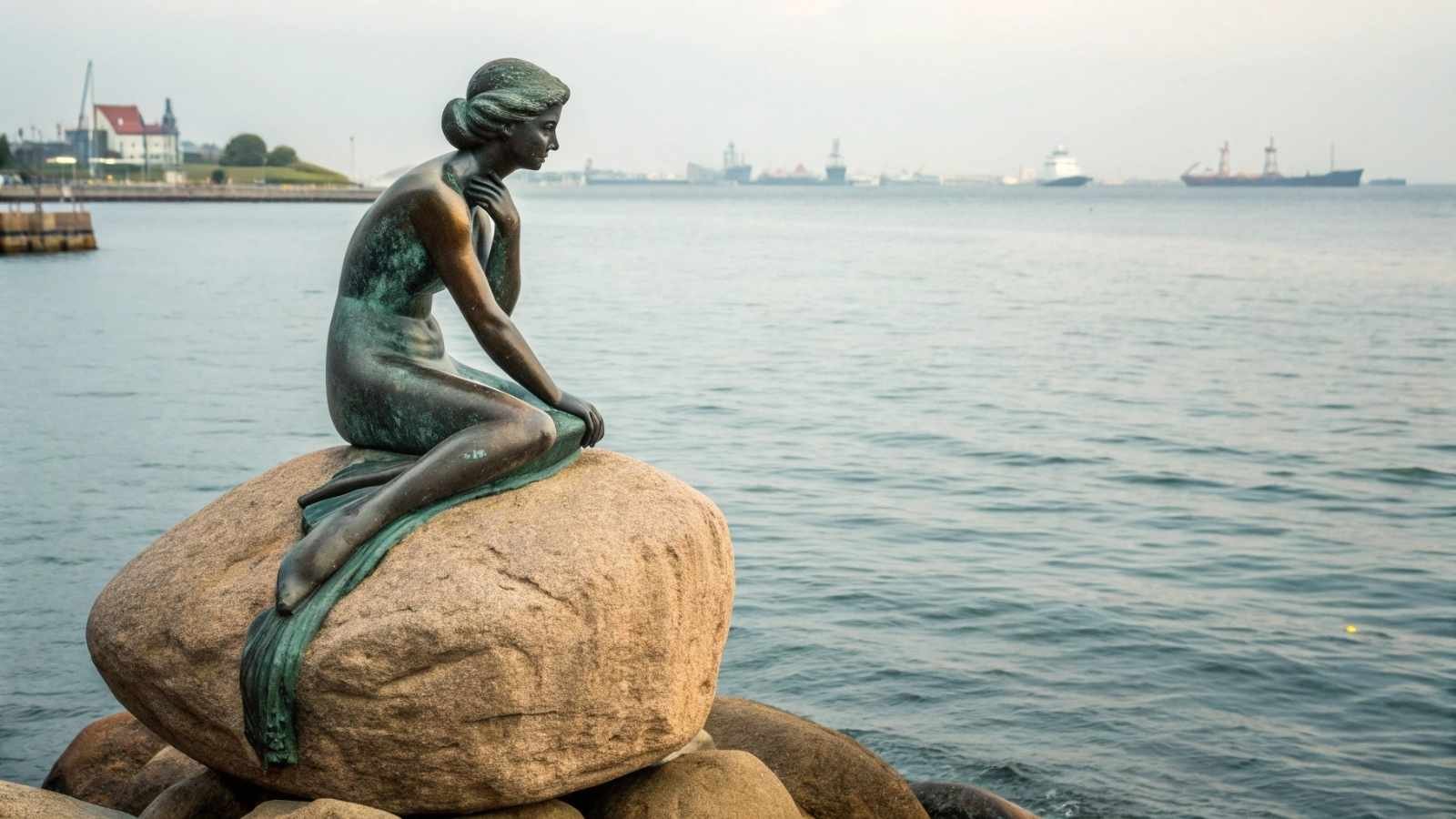
From the glossy tourism brochures, the Little Mermaid statue looks like a romantic, must-see landmark. In reality, it’s a surprisingly small bronze figure sitting on a rock, tucked along a busy waterfront. Many visitors are stunned at how underwhelming it feels — some even describe it as “smaller than a garden gnome.” The scene is often crowded with buses unloading tourists, all queuing for the same angle of the same photo.
The statue’s historical significance is undeniable, tied to Hans Christian Andersen’s famous fairy tale. But once you’ve seen it, there’s little else in the immediate area to keep you engaged. Many visitors end up spending more time navigating the crowd than appreciating the statue itself. It’s a classic example of a sight that feels larger than life in advertising but smaller than expected in reality.
That said, if you’re already walking along Copenhagen’s harbor, it’s a harmless stop. Just don’t make it the main reason for your trip. The city has far richer experiences — from the colorful houses of Nyhavn to the cycling culture that winds through every street.
Travel Tips:
- Best Months to Visit: May–September for pleasant weather
- Nearest Airport: Copenhagen Airport (CPH) – 20 minutes away
- Time Needed: 10–15 minutes (including photos)
- Better Alternatives Nearby: Kastellet Fortress, Nyhavn, Amalienborg Palace
- Biggest Tourist Trap Factor: Small size, overcrowding
4. Hollywood Walk of Fame – Los Angeles, USA
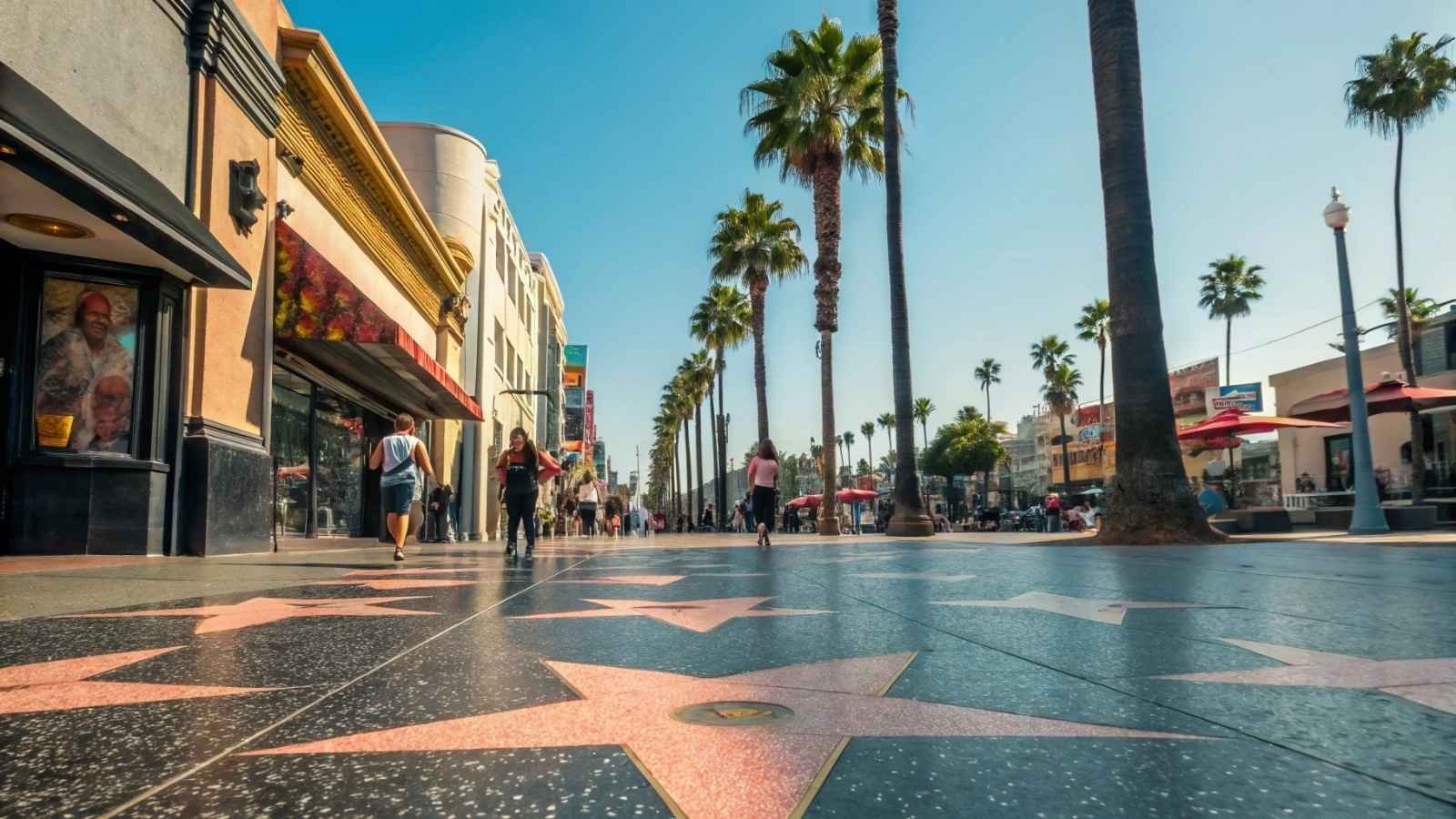
For movie fans, the Hollywood Walk of Fame sounds like a dream — strolling along a boulevard lined with the names of entertainment legends. In reality, the glamour is overshadowed by cracked sidewalks, aggressive street performers, and souvenir shops selling the same Hollywood-themed trinkets in bulk. The area often feels run-down, with a mix of heavy foot traffic and dubious attractions.
You can certainly spot some big names on the stars if you’re patient, but the walk is long, and many stars belong to people the average visitor may not recognize. Meanwhile, you’ll be dodging costumed characters who expect tips for photos, and the constant pitch from “comedy club promoters” trying to hand you flyers. The irony is that most celebrities don’t spend any time here — it’s purely a stage for visitors.
If you must go, treat it as a quick pass-through rather than a full-day event. Spend the rest of your time exploring Griffith Park, taking a studio tour, or heading to Santa Monica. Hollywood’s magic is best experienced behind the scenes, not on this sidewalk.
Travel Tips:
- Best Months to Visit: March–May or September–November
- Nearest Airport: Los Angeles International Airport (LAX) – 30 minutes away
- Average Time Needed: 30–45 minutes
- Better Alternatives Nearby: Griffith Observatory, Warner Bros. Studio Tour, Sunset Boulevard
- Biggest Tourist Trap Factor: Low upkeep, high-pressure street performers
5. Temple Bar – Dublin, Ireland
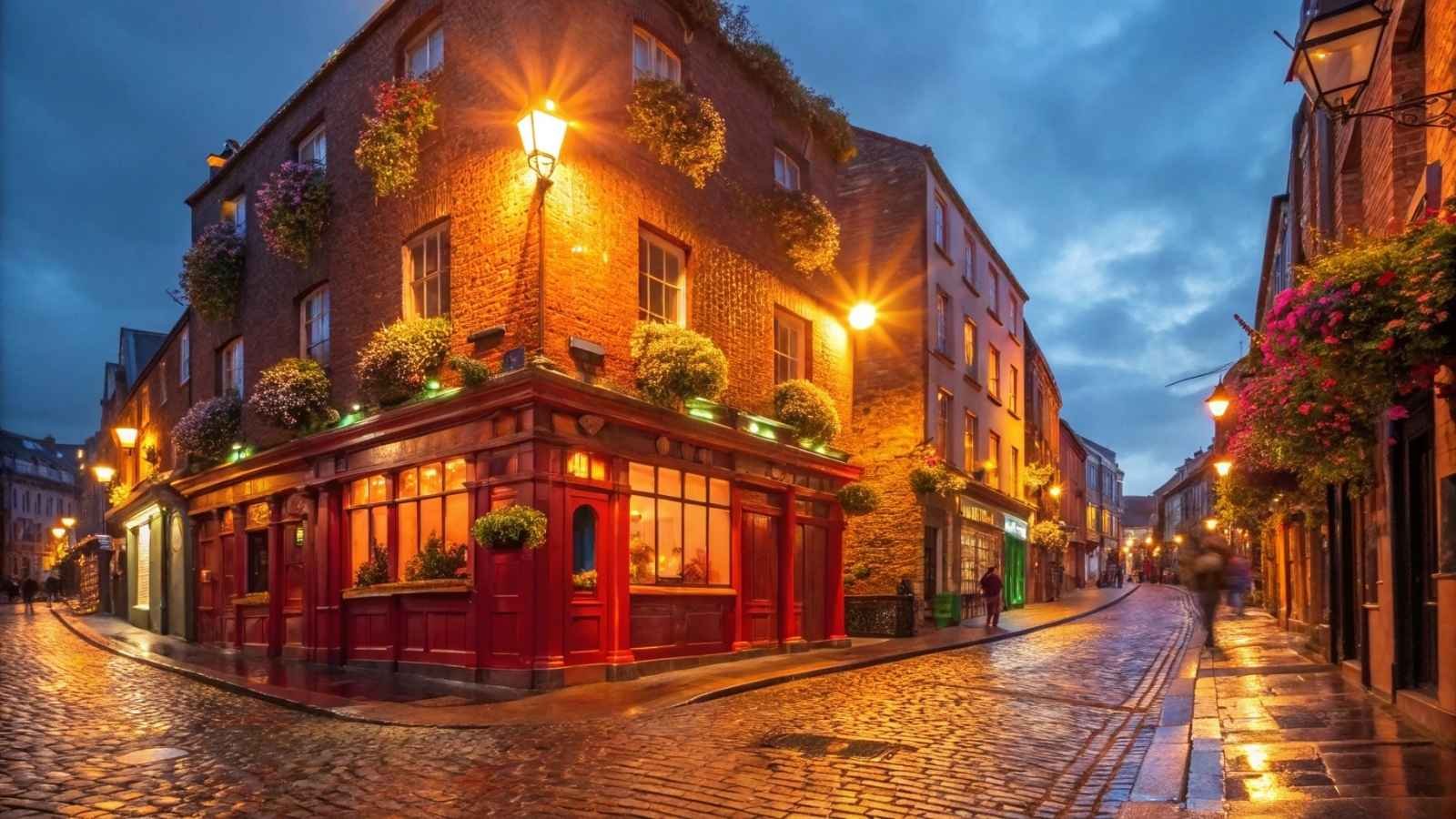
Temple Bar is marketed as the heart of Dublin’s nightlife, but it’s a pub district largely designed for tourists rather than locals. Drinks are notoriously expensive here, and the live music — while energetic — can feel more like a packaged Irish pub experience than the genuine thing you’ll find in smaller neighborhood bars. If your goal is to “drink like the locals,” this isn’t the place.
The streets are often packed with bachelor and bachelorette parties, making it one of the loudest and most chaotic corners of the city. By day, it’s lined with souvenir shops selling shamrock magnets and overpriced Aran sweaters. By night, it’s a boozy crush of people spilling out onto the cobblestones, making it hard to even move.
That’s not to say it’s without charm — if you’re in Dublin for just a night and want a rowdy, tourist-friendly experience, Temple Bar delivers. But for real Irish pub culture, you’re better off in spots like The Cobblestone or any pub away from the main drag. The best Irish nights aren’t necessarily the loudest.
Travel Tips:
- Best Months to Visit: April–June or September (warmer weather, fewer crowds)
- Nearest Airport: Dublin Airport (DUB) – 20 minutes away
- Average Price of a Pint Here: €7–€8
- Better Alternatives Nearby: The Cobblestone, The Brazen Head, Kehoe’s
- Biggest Tourist Trap Factor: Overpriced drinks, tourist-oriented atmosphere
6. Stonehenge – England
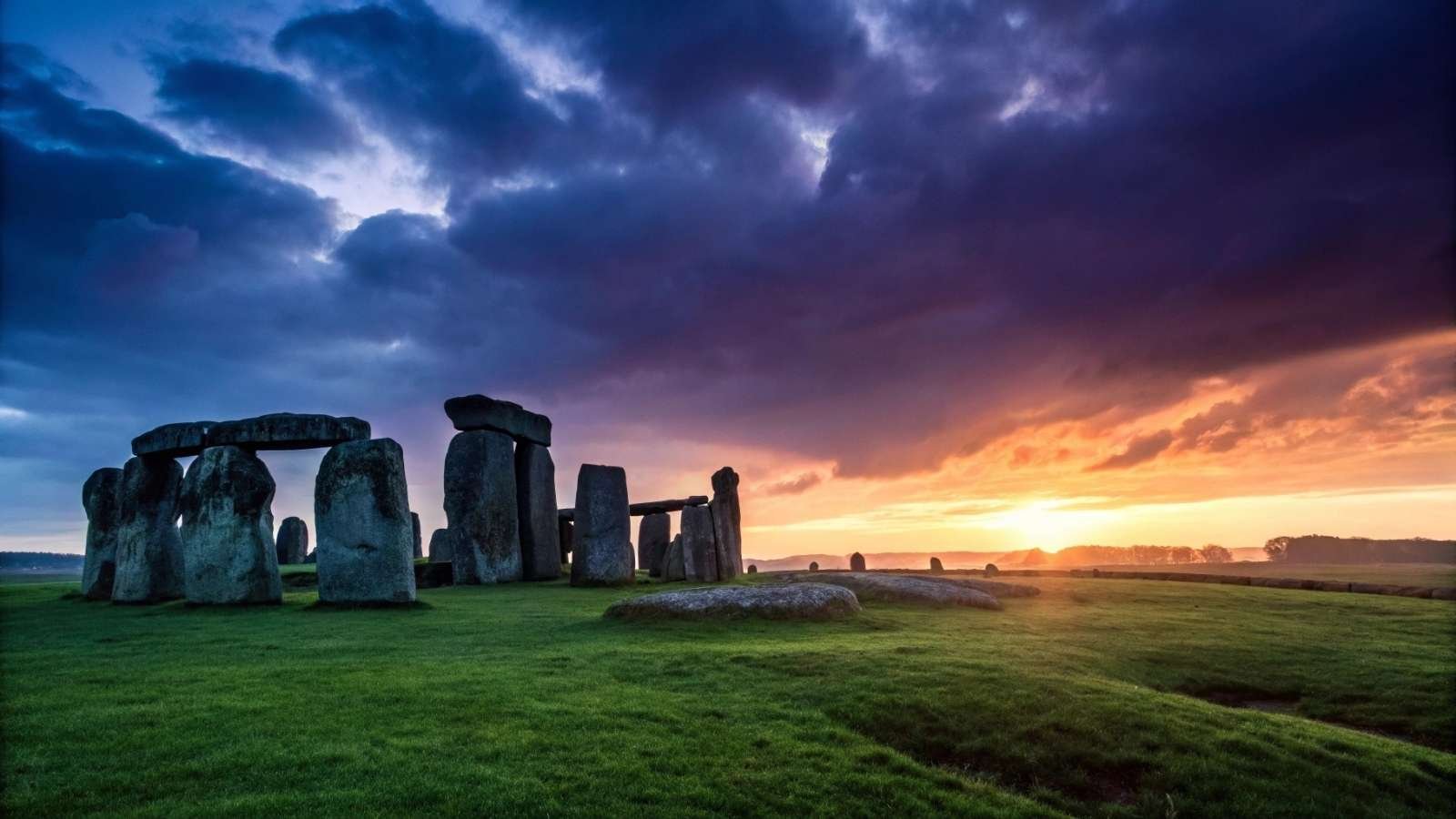
From the glossy travel photos, Stonehenge seems like a mysterious, mystical marvel in the middle of the English countryside. The truth? You can’t walk among the stones (unless you pay for a special early-access tour), and the standard visit involves viewing them from a roped-off path with hundreds of other tourists. It’s still a fascinating historic site, but the sheer number of visitors and the restricted access make it feel less magical than expected.
Another surprise for many? The stones are visible from a nearby road, so you’ll catch glimpses of them before you even park, which takes away a bit of that dramatic reveal. On peak days, the visitor center and shuttle buses feel more like an amusement park queue than a deep historical journey.
That being said, it’s still worth visiting if you’re a history buff — just temper expectations. Pair it with a trip to Salisbury or Avebury (which has a more open-access stone circle) for a fuller experience. The context and surrounding countryside are what make it special, not just the stones themselves.
Travel Tips:
- Best Months to Visit: April–June or September–October
- Nearest Airport: London Heathrow (LHR) – 1.5 hours away
- Average Visit Time: 1–2 hours
- Better Alternatives Nearby: Avebury Stone Circle, Salisbury Cathedral
- Biggest Tourist Trap Factor: Restricted access, crowded pathways
7. Las Vegas Strip – Nevada, USA
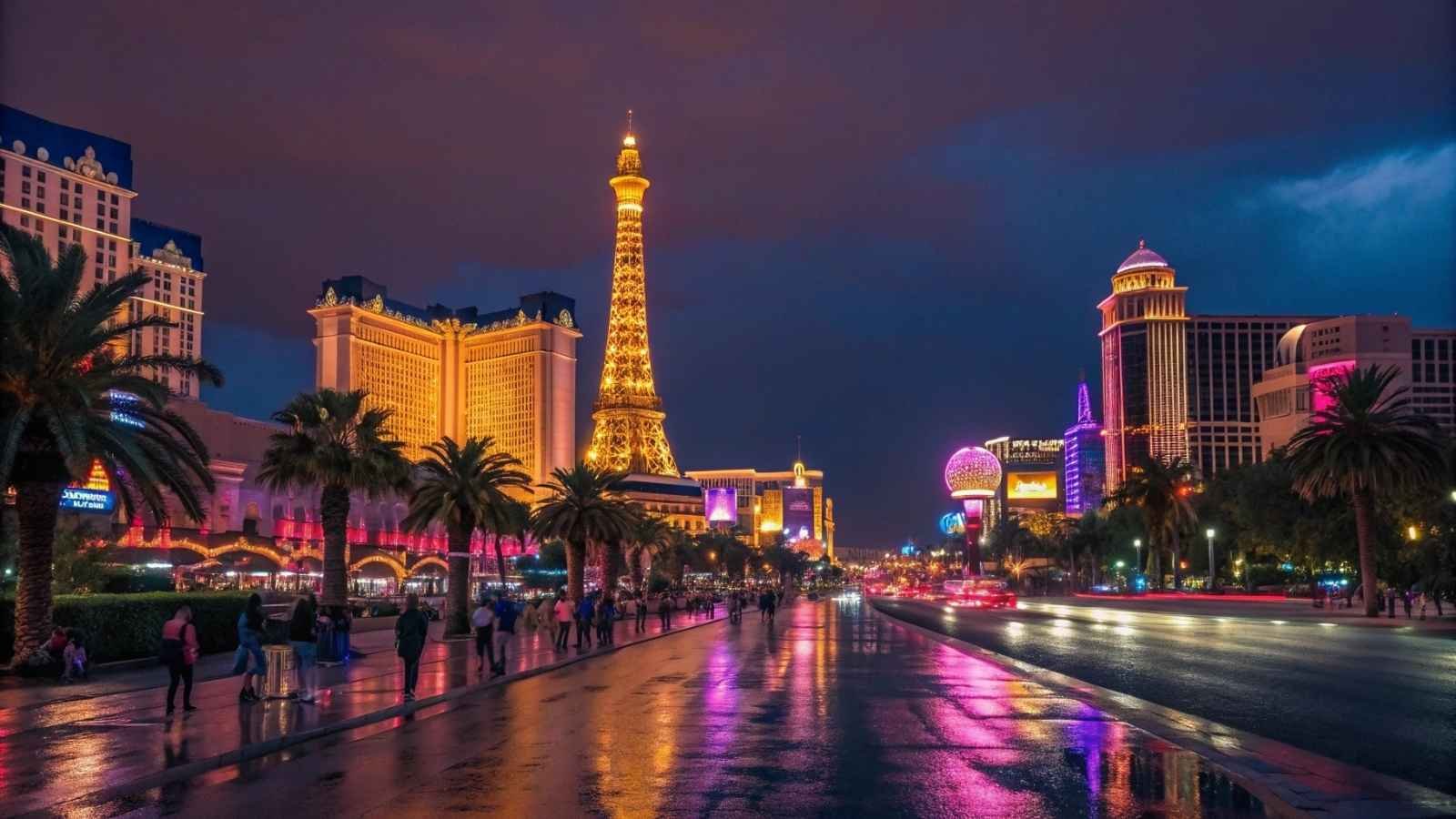
The Las Vegas Strip is a shimmering stretch of neon and nightlife — but it’s also one of the most engineered tourist experiences on Earth. Every inch is designed to make you spend money, from the labyrinth-like casinos that hide exits to the inflated prices of basic amenities. Drinks can easily run $15–$20, and meals are rarely under $30 unless you venture off-strip.
The street itself can be exhausting — loud music blaring from competing venues, aggressive club promoters handing out flyers, and the kind of late-night crowd that makes you keep one hand on your wallet. Even walking from one hotel to the next can take longer than expected because of overpasses, escalators, and winding layouts.
Still, the Strip does have its moments — spectacular shows, high-end dining, and architecture that feels like theater. The trick is knowing when to dive in and when to retreat. The magic fades fast if you stay in the middle of it 24/7.
Travel Tips:
- Best Months to Visit: March–May or September–November
- Nearest Airport: Harry Reid International Airport (LAS) – 10 minutes away
- Average Hotel Rate on the Strip: $200+ per night (weekends higher)
- Better Alternatives Nearby: Fremont Street, Red Rock Canyon
- Biggest Tourist Trap Factor: High prices, exhausting crowds
8. Leaning Tower of Pisa – Pisa, Italy
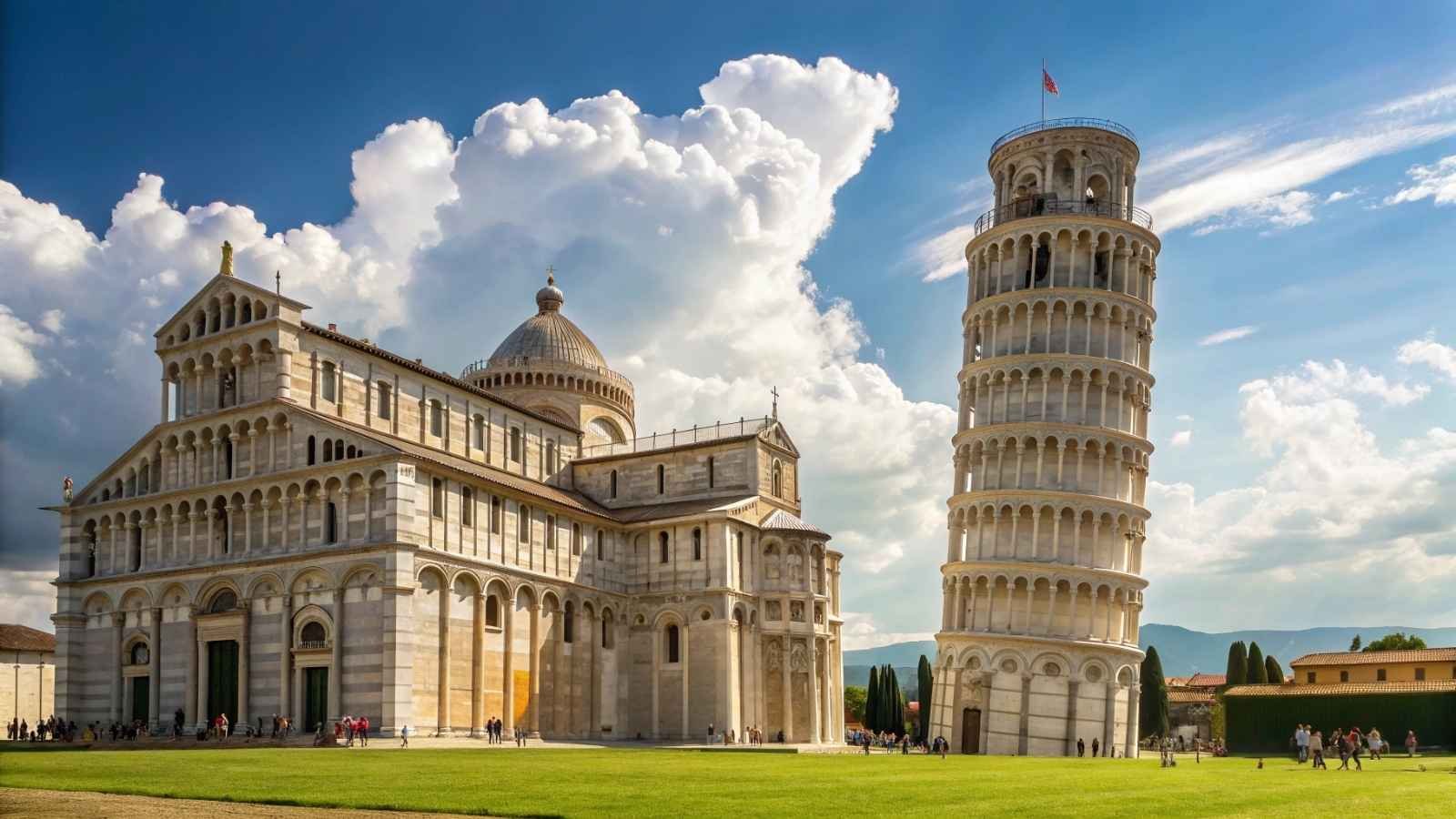
The Leaning Tower of Pisa is a global icon, but in person, it’s a single photo op surrounded by a small square of souvenir stands and tour groups. You’ll see dozens of people posing with the “holding up the tower” shot, which is amusing at first — until you realize that’s the entire experience.
The climb to the top is interesting if you book ahead, but the view is not particularly remarkable compared to other Italian cities. The surrounding area feels overly curated for tourists, with overpriced cafés and few authentic dining options. Many visitors treat Pisa as a quick half-day trip, which tells you something about how much there is to do beyond the tower.
If you’re in Tuscany already, it’s worth a stop — but don’t plan an entire trip around it. Italy is full of breathtaking architecture, and this one is more about novelty than beauty.
Travel Tips:
- Best Months to Visit: April–June or September–October
- Nearest Airport: Pisa International Airport (PSA) – 10 minutes away
- Climbing Fee: Around €20
- Better Alternatives Nearby: Florence’s Duomo, Siena’s Torre del Mangia
- Biggest Tourist Trap Factor: Overcrowded, limited activities nearby
9. Niagara Falls (U.S. side)

Niagara Falls is one of nature’s most powerful spectacles — but on the U.S. side, the view is underwhelming compared to the panoramic Canadian side. The American viewing areas are closer to the falls but don’t capture their full grandeur. The surrounding town also has a distinctly worn-out tourist strip filled with chain restaurants, tacky attractions, and outdated arcades.
That said, there’s still something awe-inspiring about the roar of the water, especially if you take the Maid of the Mist boat tour. The key is to keep your expectations realistic about the town itself — it’s not a luxury resort area, but a small, heavily commercialized border town.
If you can, cross into Canada for the better view — or explore the nearby state park trails, which offer quieter and more scenic moments with the river. The falls are worth seeing; the tourist infrastructure around them is what disappoints.
Travel Tips:
- Best Months to Visit: June–August (best water flow, but most crowded) or September for fewer tourists
- Nearest Airport: Buffalo Niagara International Airport (BUF) – 30 minutes away
- Maid of the Mist Ticket: Around $28 for adults
- Better Alternatives Nearby: Canadian side of Niagara Falls, Letchworth State Park
- Biggest Tourist Trap Factor: Over-commercialized town, weaker view than Canada
10. Mona Lisa at the Louvre – Paris, France

The Mona Lisa is arguably the most famous painting in the world, which is exactly why seeing it in person can be anticlimactic. It’s small — just 30 by 21 inches — and displayed behind thick glass with a permanent crowd of people holding up smartphones. Often, you’re 10–15 feet away from it, straining for a glimpse over other heads.
The Louvre itself is spectacular, but many visitors rush straight to the Mona Lisa, missing other masterpieces that are less crowded and equally captivating. The hype builds an expectation of a life-changing moment, but what you often get is a quick, crowded peek.
If you go, make the Mona Lisa part of a broader Louvre experience, not the sole focus. Paris has no shortage of art that’s easier to appreciate up close and in peace.
Travel Tips:
- Best Months to Visit: October–April (fewer crowds)
- Nearest Airport: Paris Charles de Gaulle (CDG) – 45 minutes away
- Louvre Entry Fee: Around €17
- Better Alternatives Nearby: Musée d’Orsay, Musée de l’Orangerie
- Biggest Tourist Trap Factor: Overcrowding, brief viewing experience
11. Hallstatt – Austria
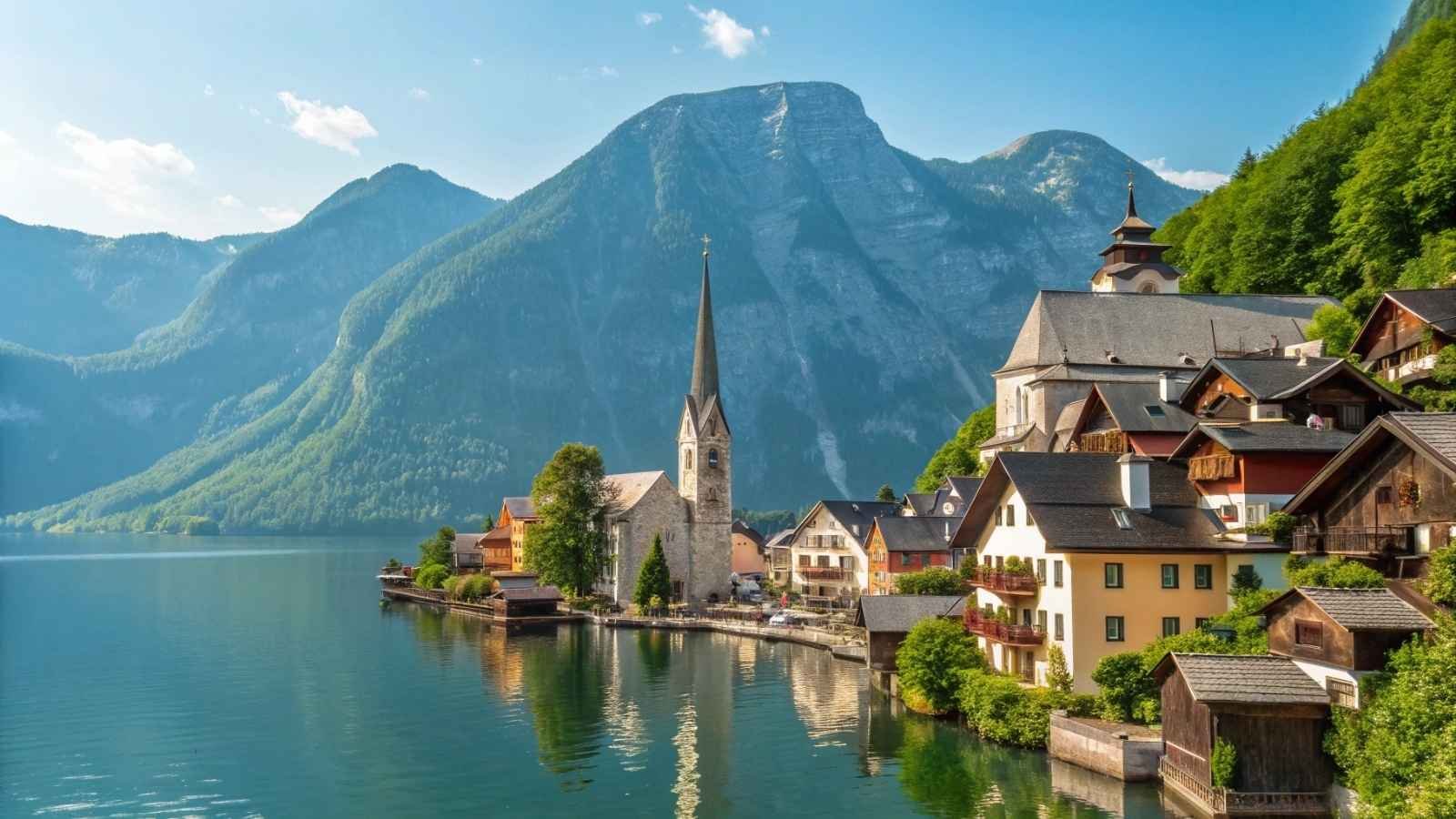
Hallstatt’s postcard-perfect image — pastel houses reflecting on a glassy lake with mountains rising in the background — has gone viral more than once. But the internet fame has transformed this small lakeside village into a crowded day-trip hotspot where tour buses unload by the hour. The influx of visitors has strained its tiny streets, making a stroll feel more like navigating a parade route.
While the setting is undeniably beautiful, the charm fades quickly when you’re shuffling past other tourists taking the same angles for Instagram. Many travelers report feeling rushed, as the town is small enough to explore in under an hour. The sad irony? There’s now a replica of Hallstatt in China — and some say it feels just as authentic without the tourist bottleneck.
If Austria is on your itinerary, you’ll find equally stunning Alpine villages with more breathing room, such as Gosau or Alpbach. Beauty is best enjoyed when you’re not elbow-to-elbow with strangers.
Travel Tips:
- Best Months to Visit: Late September–October for autumn colors
- Nearest Airport: Salzburg Airport (SZG) – 1.5 hours away
- Time Needed: 2–3 hours max
- Better Alternatives Nearby: Gosau, Alpbach, Zell am See
- Biggest Tourist Trap Factor: Overcrowding, inflated prices
12. Trevi Fountain – Rome, Italy

Throwing a coin into the Trevi Fountain is a romantic ritual steeped in legend — but the reality is far from cinematic. The fountain is surrounded by thick crowds almost every hour of the day, and you’ll often find yourself jostling for a spot to get even a partial view. The surrounding area is lined with gelato shops and cafés where prices mysteriously double for tourists.
There’s no denying the fountain’s beauty, especially when it’s lit up at night. But even then, the number of people pressed against its edges can make it hard to linger and take it in. Many locals will tell you it’s better to pass by during an early morning walk, when you can hear the water over the chatter.
For a more relaxed Roman fountain experience, head to Piazza Navona or the Fontana dell’Acqua Paola — equally impressive, but with breathing room. In Rome, there’s no shortage of art you can enjoy without being in a human traffic jam.
Travel Tips:
- Best Months to Visit: November–March for lighter crowds
- Nearest Airport: Rome Fiumicino (FCO) – 40 minutes away
- Coin Toss Tradition: Right hand over left shoulder
- Better Alternatives Nearby: Piazza Navona fountains, Fontana dell’Acqua Paola
- Biggest Tourist Trap Factor: Extreme crowding, overpriced nearby cafés
13. Széchenyi Thermal Baths – Budapest, Hungary
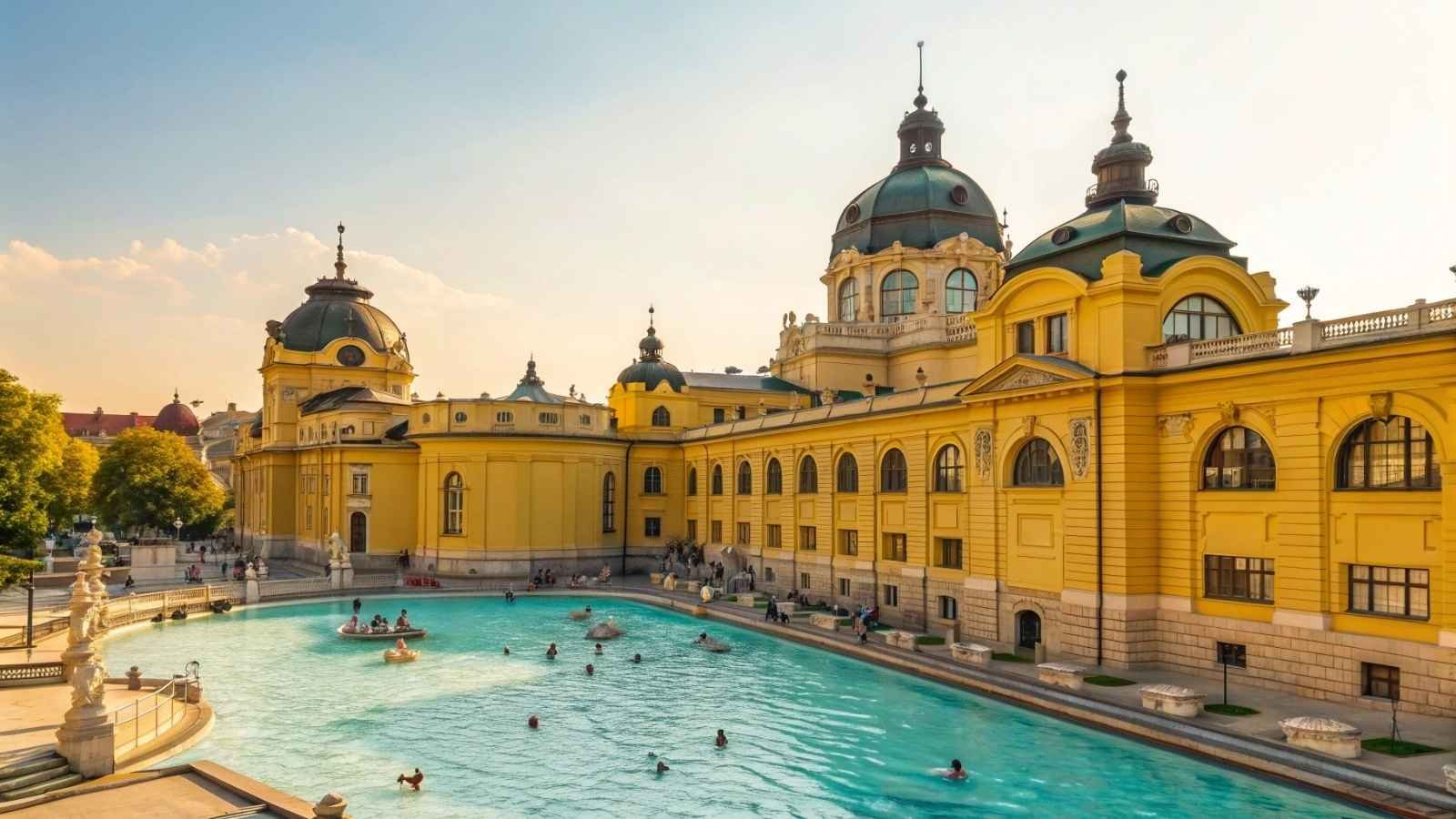
The iconic yellow building of Széchenyi Baths makes it one of Budapest’s most photographed attractions. But those dreamy pool shots rarely reveal the full story — large crowds, limited space to relax, and water that can sometimes feel less than pristine by midday. The baths draw both tourists and locals, but the influx of tour groups in recent years has tipped the balance toward an almost festival-like atmosphere.
It’s not that the baths aren’t worth visiting — the architecture alone is striking — but they’re often marketed as a serene spa escape, which they rarely are unless you arrive early. Many visitors are surprised by the noise level and the difficulty of finding a quiet corner to soak.
For a more peaceful thermal bath experience in Budapest, consider the smaller, less-hyped Gellért or Rudas baths. Sometimes, the lesser-known spots give you the wellness reset you were hoping for.
Travel Tips:
- Best Months to Visit: September–October or late winter
- Nearest Airport: Budapest Ferenc Liszt International Airport (BUD) – 30 minutes away
- Entry Fee: Around €20–€25
- Better Alternatives Nearby: Gellért Baths, Rudas Baths
- Biggest Tourist Trap Factor: Overcrowding, over-marketed serenity
14. Blue Grotto – Capri, Italy

On paper, the Blue Grotto sounds magical — a hidden sea cave where sunlight creates an otherworldly blue glow in the water. But the experience is often a rushed, expensive boat ride with only a few minutes inside the cave. Visitors are shuttled in small rowboats, and the wait to enter can be over an hour during peak season.
The setting is undeniably beautiful, but the fleeting nature of the visit leaves many feeling shortchanged. You might spend more time queuing on the water than actually inside the grotto. Factor in that entry fees and boat charges can add up fast, and it becomes clear why some travelers call it a “luxury conveyor belt.”
If you’re in Capri, there are plenty of coastal hikes and smaller caves that are equally stunning and far less crowded. The island’s beauty isn’t limited to one photogenic spot.
Travel Tips:
- Best Months to Visit: May–June or September
- Nearest Airport: Naples International Airport (NAP) – Ferry to Capri required
- Entry Fee: Around €14 + boat fare
- Better Alternatives Nearby: Marina Piccola, Faraglioni rock formations
- Biggest Tourist Trap Factor: Long waits, short experience
15. Siam Park – Tenerife, Spain
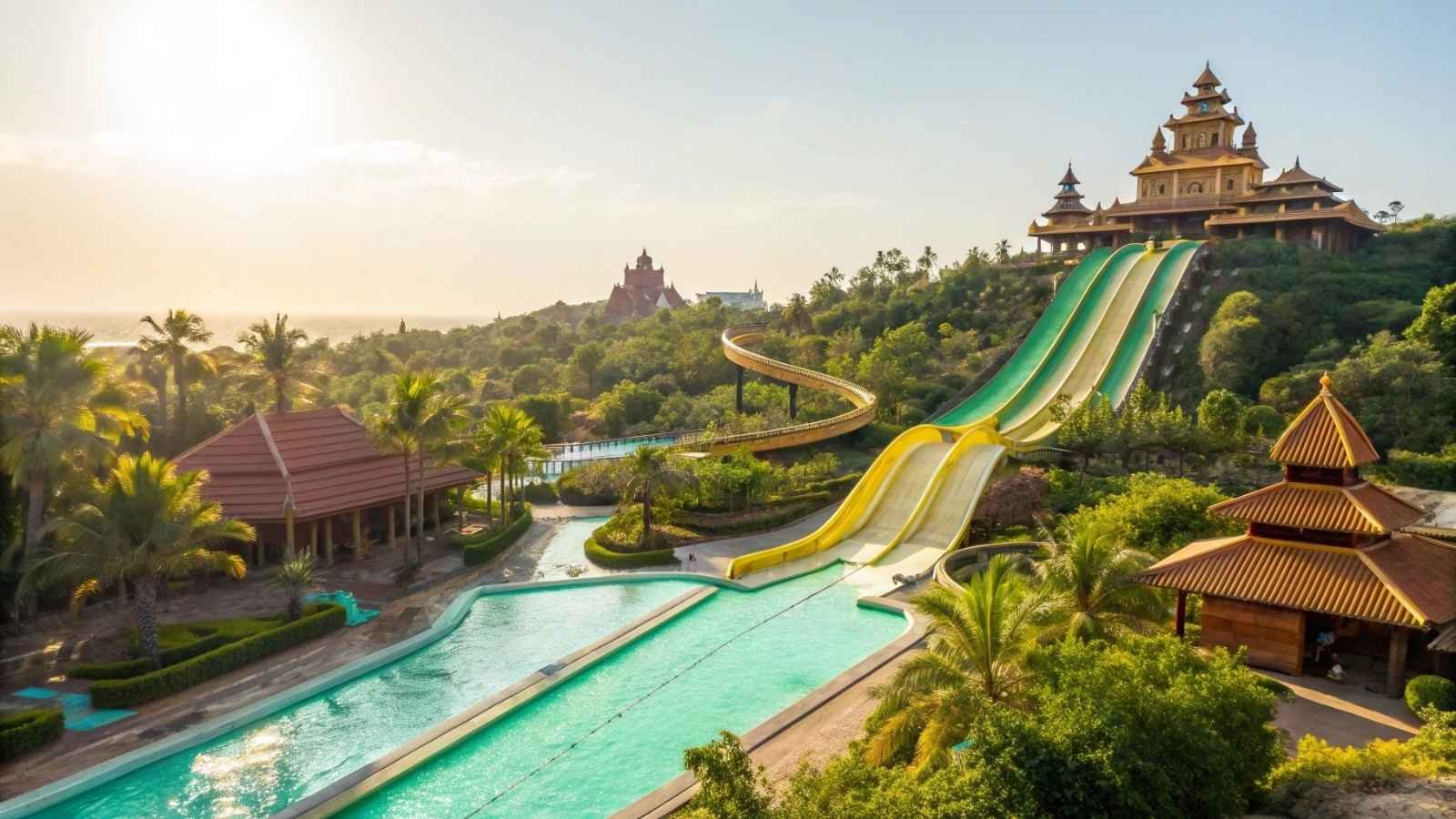
Siam Park is often billed as the best water park in the world, but that title comes with crowds that rival a music festival. Wait times for the biggest rides can stretch beyond an hour, and while the park’s Thai-inspired design is gorgeous, the experience can feel more about queueing than playing. Food and drink prices are also marked up heavily inside the park.
Families especially might find it exhausting — managing lockers, rental fees, and constant lines takes away from the carefree vibe most people expect. Locals will often recommend going midweek in the off-season to avoid the worst of the crowds, but for many travelers, that’s not an option.
Tenerife has beautiful beaches, volcanic landscapes, and natural pools that don’t require wristbands or hour-long waits. Sometimes, the best water is the free one.
Travel Tips:
- Best Months to Visit: April–June or September–October
- Nearest Airport: Tenerife South Airport (TFS) – 15 minutes away
- Entry Fee: Around €40 for adults
- Better Alternatives Nearby: El Médano Beach, Garachico natural pools
- Biggest Tourist Trap Factor: Long lines, high on-site prices






